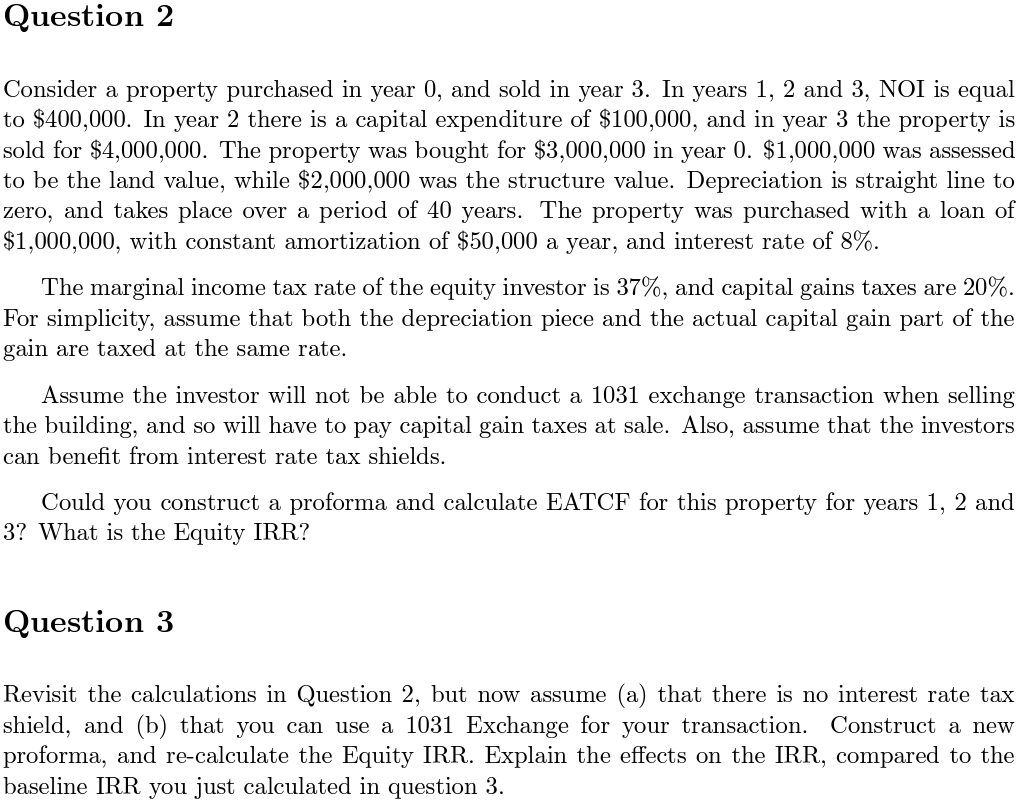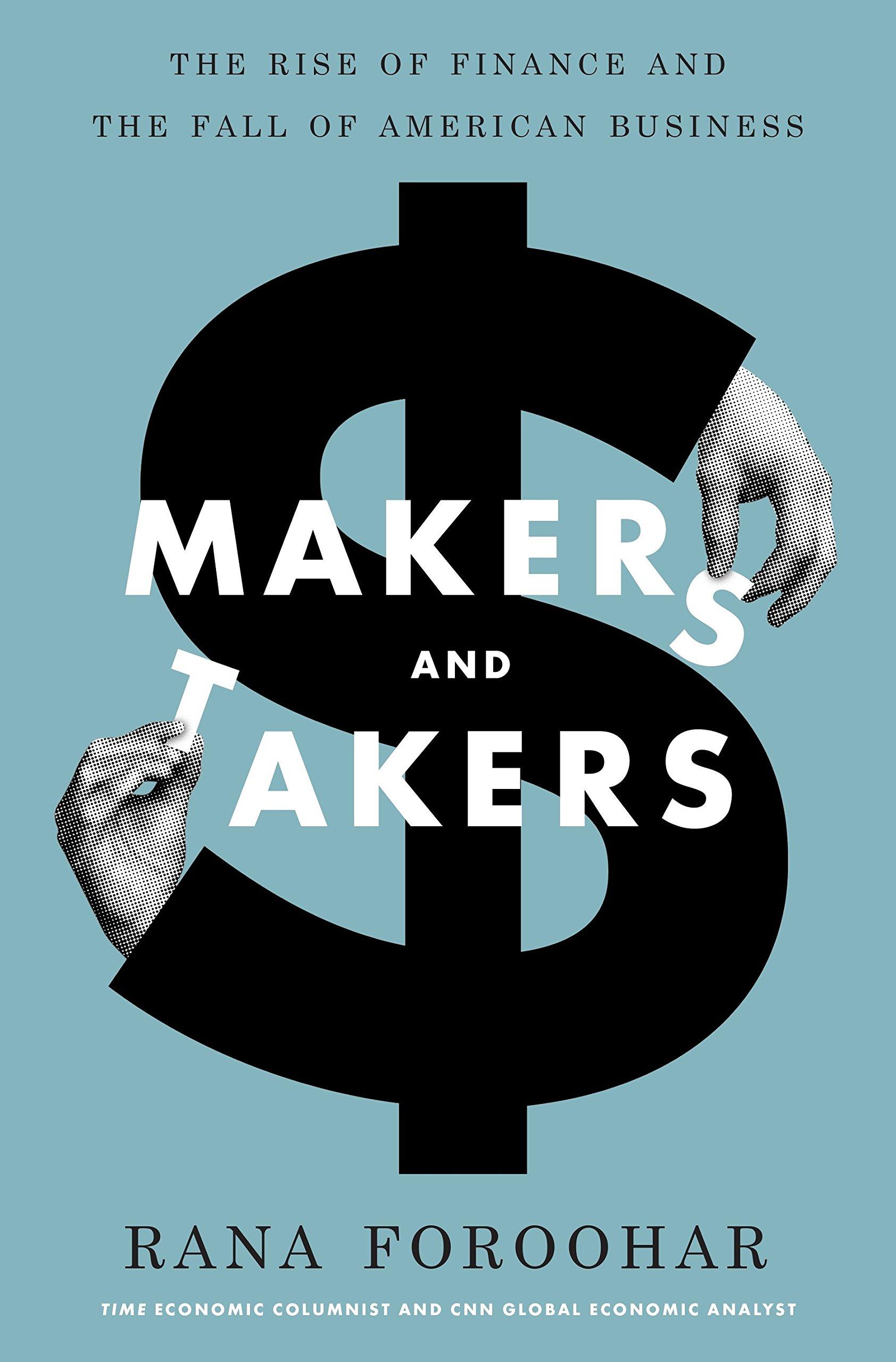
Question 2 Consider a property purchased in year 0, and sold in year 3. In years 1, 2 and 3, NOI is equal to $400,000. In year 2 there is a capital expenditure of $100,000, and in year 3 the property is sold for $4,000,000. The property was bought for $3,000,000 in year 0. $1,000,000 was assessed to be the land value, while $2,000,000 was the structure value. Depreciation is straight line to zero, and takes place over a period of 40 years. The property was purchased with a loan of $1,000,000, with constant amortization of $50,000 a year, and interest rate of 8%. The marginal income tax rate of the equity investor is 37%, and capital gains taxes are 20%. For simplicity, assume that both the depreciation piece and the actual capital gain part of the gain are taxed at the same rate. Assume the investor will not be able to conduct a 1031 exchange transaction when selling the building, and so will have to pay capital gain taxes at sale. Also, assume that the investors can benefit from interest rate tax shields. Could you construct a proforma and calculate EATCF for this property for years 1, 2 and 3? What is the Equity IRR? Question 3 Revisit the calculations in Question 2, but now assume (a) that there is no interest rate tax shield, and (b) that you can use a 1031 Exchange for your transaction. Construct a new proforma, and re-calculate the Equity IRR. Explain the effects on the IRR, compared to the baseline IRR you just calculated in question 3. Question 2 Consider a property purchased in year 0, and sold in year 3. In years 1, 2 and 3, NOI is equal to $400,000. In year 2 there is a capital expenditure of $100,000, and in year 3 the property is sold for $4,000,000. The property was bought for $3,000,000 in year 0. $1,000,000 was assessed to be the land value, while $2,000,000 was the structure value. Depreciation is straight line to zero, and takes place over a period of 40 years. The property was purchased with a loan of $1,000,000, with constant amortization of $50,000 a year, and interest rate of 8%. The marginal income tax rate of the equity investor is 37%, and capital gains taxes are 20%. For simplicity, assume that both the depreciation piece and the actual capital gain part of the gain are taxed at the same rate. Assume the investor will not be able to conduct a 1031 exchange transaction when selling the building, and so will have to pay capital gain taxes at sale. Also, assume that the investors can benefit from interest rate tax shields. Could you construct a proforma and calculate EATCF for this property for years 1, 2 and 3? What is the Equity IRR? Question 3 Revisit the calculations in Question 2, but now assume (a) that there is no interest rate tax shield, and (b) that you can use a 1031 Exchange for your transaction. Construct a new proforma, and re-calculate the Equity IRR. Explain the effects on the IRR, compared to the baseline IRR you just calculated in question 3







